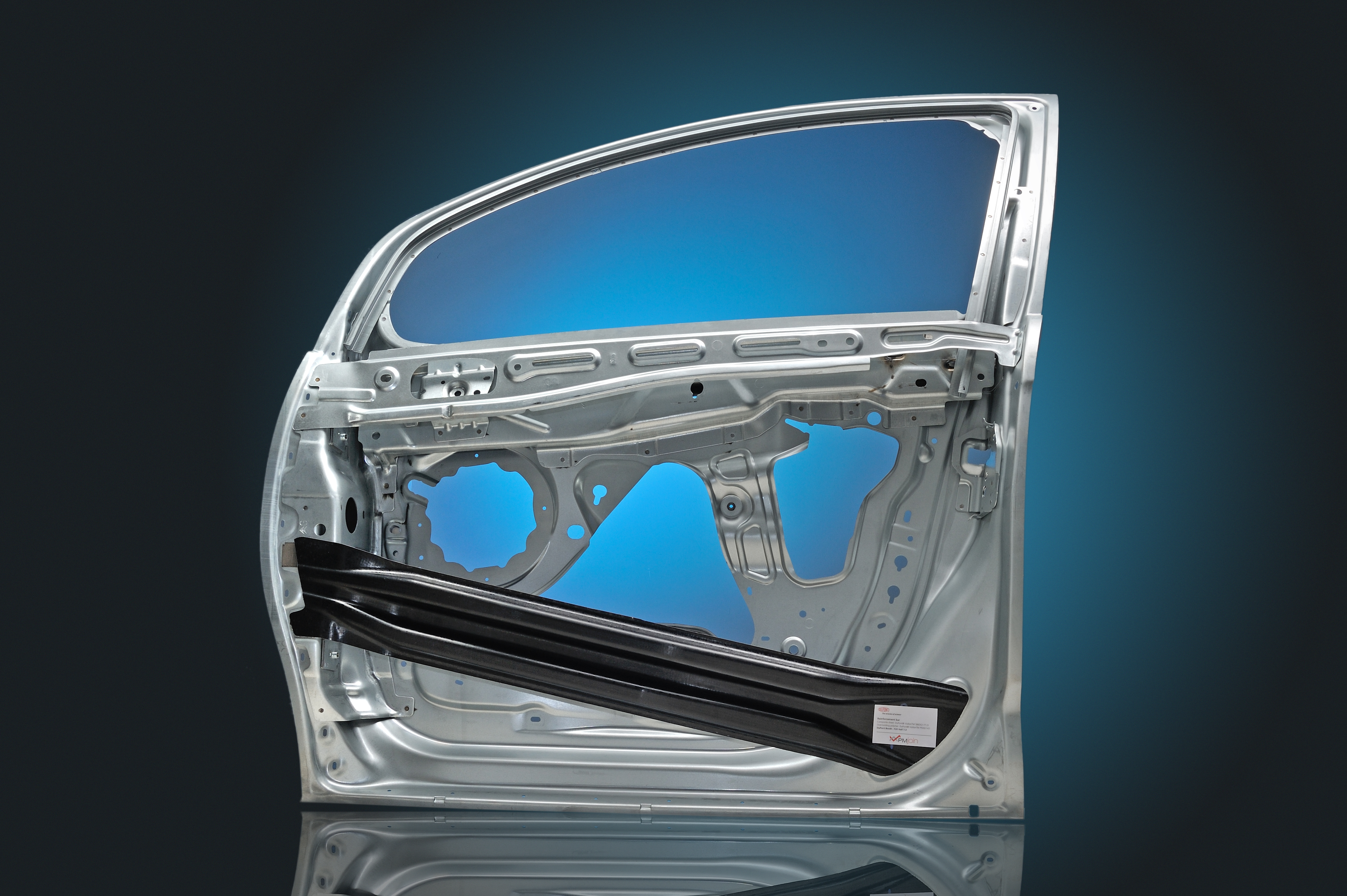Lightweight construction in mobility is crucial: It enables long ranges and lowers energy consumption. Laser technology plays a central role here, as it is flexible, wear-free and fast, and makes the use of adhesives superfluous. Fraunhofer ILT is developing innovative processes for processing fiber composites and for combining different materials in lightweight construction. This reduces processing times and makes it possible to produce components in an automated process.
 Fraunhofer Institute for Laser Technology ILT
Fraunhofer Institute for Laser Technology ILT